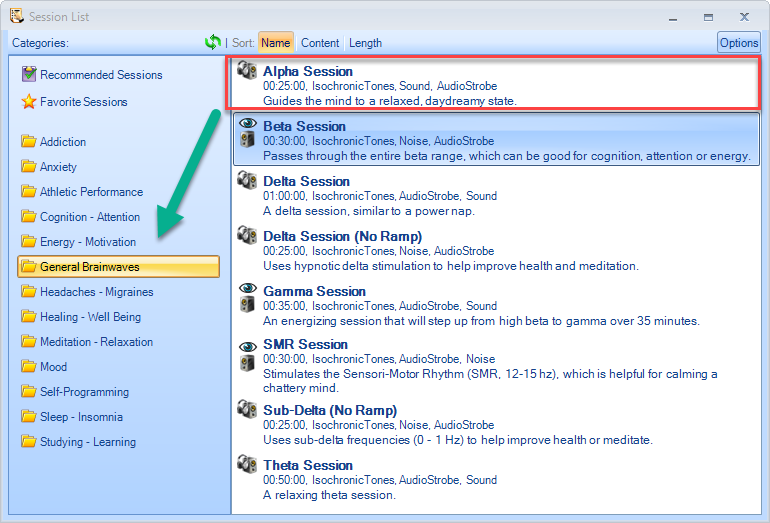

For example, the GMB has been demonstrated to affect the development and ongoing activity of microglia. The gut microbiome (GMB) is able to modulate mucosal immunity and systemic immune activity as well as immune responses within the CNS. Recently, one such factor has made a surprisingly strong debut within the scientific community: the vast microflora inhabiting the gastrointestinal (GI) tract has emerged as a critical player connected to multiple host systems, including those outside the GI tract.

Identification of these additional factors related to microglial function will warrant a better understanding of causes of neuroinflammation and its relationship to CNS disorders. Despite its evident importance in health and disease, it remains unclear whether signals to modulate microglia activity originate within the CNS only or may also occur externally from other organ/tissue systems. Beyond their immune functions, microglia are also important regulators of synaptic pruning and neural patterning during development and throughout adulthood.

On the other hand, prolonged microglial activation has been linked to harmful inflammatory states leading to dysfunctional brain activity and irreversible tissue damage, such as within Alzheimer’s and Parkinson’s diseases. After isolating and resolving the problem, it becomes critical for microglia to reestablish homeostatic conditions through the release of anti-inflammatory cytokines (e.g., IL-4, IL-10, and TGF-β) and return to the sentinel deactivated state. For example, when less mobile “resting” microglia recognize these signals with actively surveying processes, they become highly motile and assume an activated phenotype, facilitating the release of pro-inflammatory and cell-recruiting cytokines (e.g., IL-6, IL-12, IL-1β, and TNF-α) at the damage site. Microglia are the central nervous system (CNS) resident macrophages responsible for initiating innate immune responses to a variety of different stress and damage signals in the brain. Finally, we explore the potential benefits of current and novel microbiome-targeted approaches to treat neuroinflammation and consequential neurological disease. We also address anti-inflammatory and neuroprotective mediators which may counteract these detrimental activities. To address potential mechanisms, this review focuses on the microbiota-gut-brain axis as it relates to communication pathways that have been linked to aberrant CNS immune activity and pathology. In cases of microbial dysbiosis and microglial dysfunction, chronic neuroinflammation may persist, leading to the propagation of neurological disorders. The commensal microbiota is critical for immune development and continuous function through the recognition of bacteria-produced and regulated metabolites. In this regard, it is becoming increasingly important to consider the potential influences underlying the crosstalk between the intestinal microbiota ecosystem and host when determining biomarkers of disease and treatment efficacy. Prolonged microglia activation and neuroinflammation are considered key contributors to neurological disorders. Beyond its neuroprotective properties, microglia are also critical for neuronal synaptic pruning and neural remodeling during CNS development. A lower rate may be felt as a tapping sensation, or your can increase the rate to make the stimulation feel smoother.One of the emerging hot topics in biosciences is the intriguing link between gut microbial communities and its influences outside the gastrointestinal tract, such as the central nervous system (CNS), including its cognitive activities and immune responses. Rate is the frequency or number of pulses delivered each second. By adjusting the pulse width, you will be able to change how strong the stimulation feels or the spread of the stimulation area. Pulse Width is the duration of the pulse. Adjusting the amplitude higher and lower will allow you to change how strong the stimulation feels or the spread of the stimulation area. The chart below gives an overview of the kind of adjustments you can make to the stimulation levels, using your MyStim programmer.Īmplitude is the strength or intensity of stimulation. These two components must be properly communicating or in “sync” before you can make any stimulation changes. “Synchronising” establishes communication between the neurostimulator and your MyStim programmer. Your programmer communicates with your neurostimulator by sending signals to and receiving signals from the neurostimulator.


 0 kommentar(er)
0 kommentar(er)
